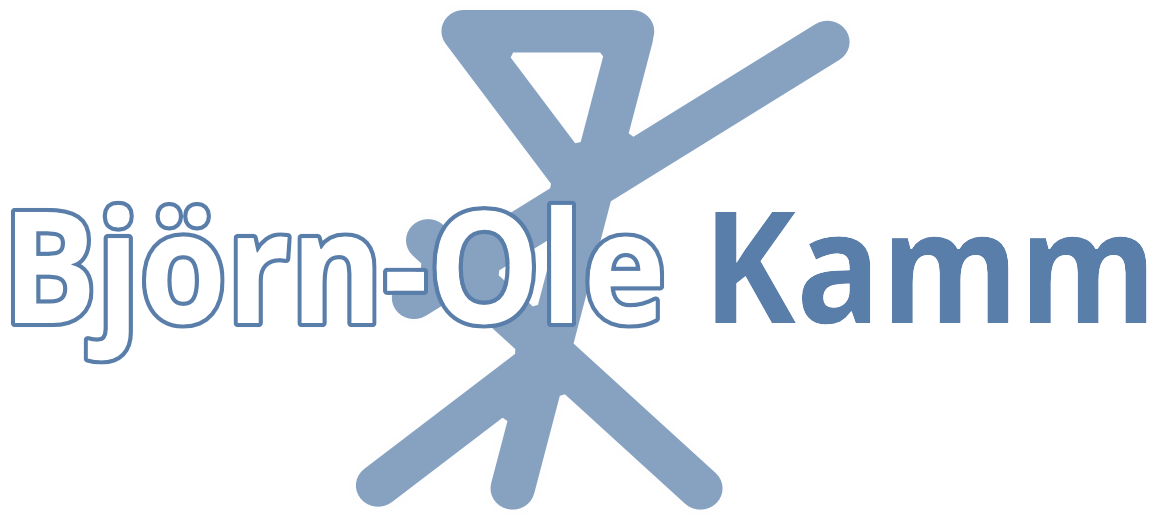Live-Action Role-Play and Japan
How “German” Roots do not destine “Japanese” Routes
Presentation at the Yamaoka Youth Culture Symposium 2018 about how larp was “translated” from practices in Germany to suit a player base in Japan. March 18, 2018 (Sun), 13:00-16:00, Osaka Institute of Technology (Umeda Campus).
The word LARP for Live-Action Role-Play entered the Japanese language on a broader scale around 2012 through the abridged and commented Japanese translation of a German game rule system named DragonSys. Since then, the number of larpers and larp groups is steadily increasing nation-wide and the practice features large at various game related events and conventions, such as the Japan Game Convention (JGC), the Game Market, or the TRPG Festival.
Live-action role-play combines theatrical performances and costuming with shared storytelling and game-elements, such as rules for actions participants can take or challenges their characters have to overcome. Participants take on the role of distinct characters, often wizards, elves or knights, to physically play out the interaction between them over a couple of hours or even days. Larp – today usually written lowercase and no longer seen as an acronym – began as an entertainment practice in the 1990s but today finds also employment in educational and political settings.
As young as fantasy and science-fiction larp is in Japan, it faces a number of material constraints, one of which is the actual or perceived limited accessibility of space – Japan’s largest larp group meets in a community center and only rarely in the woods, the least on camping grounds or in a castle as it is common in Germany and Europe.
Taking its cue from Japan’s first “how-to-larp” publications, this presentation discusses the development and current state of larp in Japan: How did “European-style” fantasy larp come to Japan? How was this practice adapted to local circumstances? How is it related to sibling practices, such as cosplay (masquerading) and table-top role-playing (TRPG)? The talk analyses the ways of appropriation including the discursive and material constraints practitioners are entangled with. However, it also contrasts these subjective or actually faced limitations with possibilities. The presentation shows the differences small (and big) items can make in the practice network called live-action role-play.
Further Program: Volker Grassmuck (“Alone but not lonely”), Marei Mentlein (“Japanese Sub-Culture in Germany”)
Location: 1-45 Chayamachi, Kita-ku, Osaka, 530-8568
Osaka Institute of Technology – Umeda Campus (OIT Umeda Tower, 3F)
Entrance: from 12:30 (no registration, free entry)
Languages: German, Japanese (simultaneous interpreting)
